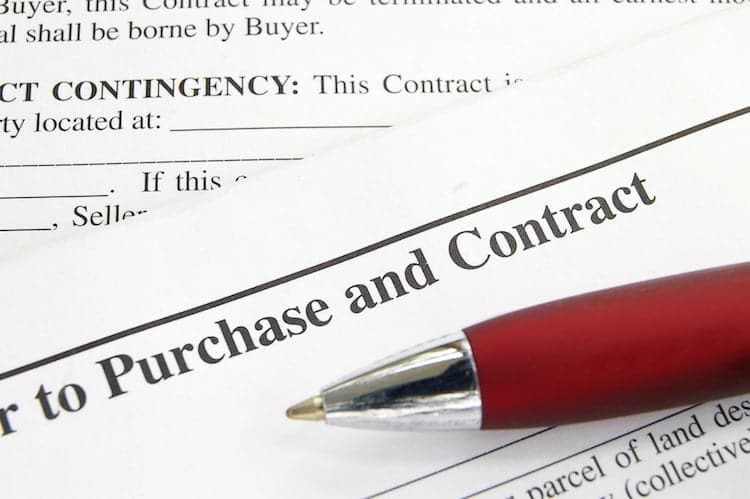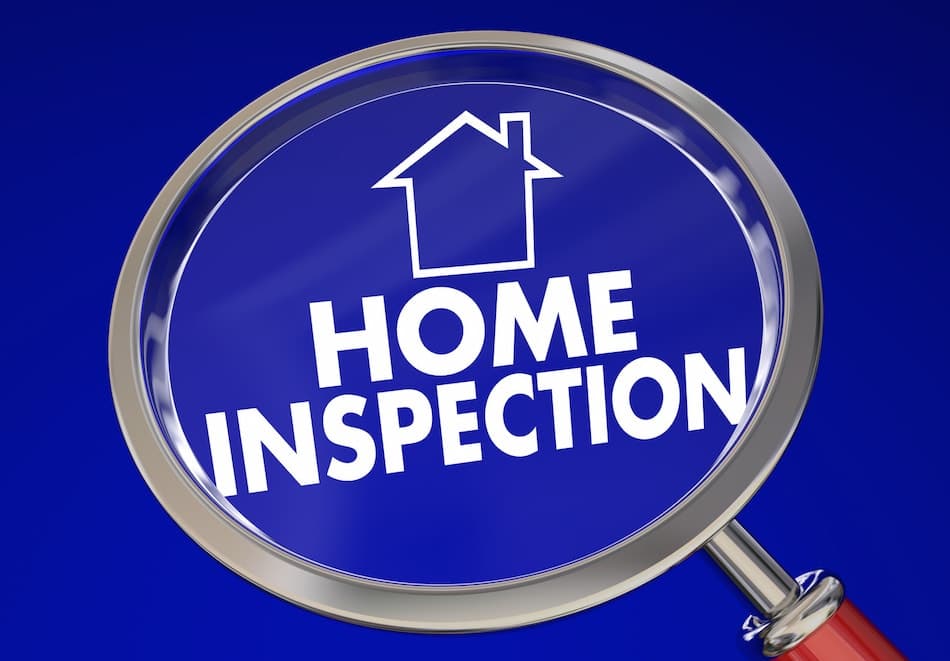
Buying & Selling: 8 Most Common Real Estate Documents & Contract Clauses
 When buying or selling a home, there is always paperwork involved. There are many types of documents and disclosures that buyers and/or sellers will review and sign or initial in order to start the home selling process, engage with buyers or close on the sale.
When buying or selling a home, there is always paperwork involved. There are many types of documents and disclosures that buyers and/or sellers will review and sign or initial in order to start the home selling process, engage with buyers or close on the sale.
Though the list below is not intended to show all of the documents that are involved in buying or selling a home, it will give you an overview of what many of the more commonly used documents are, and what they are used for.
As with all things real estate, all questions, concerns or comments on real estate documents should be directed to your real estate agent or an attorney.
Listing Agreement
After a home seller has selected a real estate agent and discussed all of the terms for the sale, a Listing Agreement is usually signed by the listing agent and the owners of the property being sold.
This document usually shows the listing price for the home, the length of the listing agreement, the sellers’ names and property address. Other items on the Listing Agreement might be the agreed commission for the listing brokerage (and possibly the buyer’s agent or sub-agents), as well as language explaining the responsibilities of the listing agent and brokerage, in addition to your rights and obligations as the home seller.
Since this document is between you as the home sellers and your real estate agent (or the agent’s brokerage), it’s critical to read and understand what is – as this is the starting point for selling your home.
Home Seller Disclosures
In most cases in accordance with state laws, and as a part of the home listing process (above), the seller may need to complete a home Seller Disclosure form. This form, usually completed by the owner(s) of the home, requests that the owners indicate the condition of various aspects of the home and the property, as the conditions may be known to them today. In some states and locations, there is also a neighborhood disclosure as well.
It is important that home sellers read and answer all of the questions on the disclosure form. If there are any questions regarding the disclosure form, the home seller should ask their listing agent or an attorney.
Purchase & Sale Contract
Once a buyer has decided to place an offer on your home, they present you or your real estate agent, a Purchase & Sale Contract (though some states begin the offer process with what’s known as a “term sheet”). Usually this represents the offer that the buyer is making to purchase the home.
In real estate, verbal offers, negotiations or agreements may be valid, but not necessarily binding. Ask your agent or an attorney for more information about verbal negotiations.
In most cases, offers to purchase property must be in writing – verbal offers are usually not valid. In a multiple offer situation, there will be one Sales or Purchase contract per buyer’s offer. The Sales or Purchase Contract typically indicates the purchase price offer from the buyer, the desired closing date and other purchase details and terms of the sale. It may also include other types of documents which are explained below.
Questions regarding the Sales or Purchase contract should always be directed to your listing agent or an attorney. As a general rule, the Sales or Purchase Contract presented to a home seller from a buyer is simply an offer to purchase and does not become an actual contract until both parties sign and agree to the document.
Contingency Clauses
A “Contingency” is defined as a “condition of the sale” or “if this, then this” type of situation. In a home buying contract, the buyer may place one or several types of contingencies within the offer to purchase the home. For example, a buyer may need to sell their existing home before they can buy yours.
The most common type of contingency is a financing contingency. A financing contingency is usually used when the buyer needs to obtain a loan (a mortgage) on the home if they are not paying cash.
Another often used contingency is an inspection contingency. In this contingency, a buyer may have the right to conduct an inspection or expect certain inspections to be conducted prior to the final closing. As with all contingencies, it is very important to review them with your real estate agent or attorney as they often have time limits and other important details.
Inspection Reports
 As mentioned above, a buyer’s offer may contain a contingency for a home inspection. In some cases, a home seller may have already performed an inspection and/or the seller may be required to conduct certain inspections as a part of the home selling process, depending on the rules and regulations of the state and location of the home.
As mentioned above, a buyer’s offer may contain a contingency for a home inspection. In some cases, a home seller may have already performed an inspection and/or the seller may be required to conduct certain inspections as a part of the home selling process, depending on the rules and regulations of the state and location of the home.
While most home inspections are fairly general, there are special types of inspections that could examine for pests, heating and cooling systems, the condition of a swimming pool, foundation issues and others.
It is important to know which type of inspection a buyer may need or request, as well as knowing which party is responsible for payment for the inspection and which party has a right or obligation to the results of the inspection.
Occupancy Agreement or Leaseback
In some cases, home buyers move into the home they are purchasing before or after the closing date on the Purchase and Sale Agreement. In cases such as this, a form usually referred to as an Occupancy Agreement, or Buyer or Seller Leaseback Agreement, is required between the buyer and the seller of the home.
For example, a post-occupancy agreement permits the seller to continue to occupy the home before the sale is closed. However, great caution is advised with these type of arrangements due to the uncertainties of closing dates and other unforeseen circumstances. As with all agreements, it is important to read and review them with your real estate agent or an attorney.
Access to Premises
After both buyer and seller have agreed to a contract, the home is said to be “under contract”. However, since the closing or escrow process to finally reach closing is often measured in weeks or months, there are times when a buyer may need or want to enter the home they are buying to take measurements or analyze the layout of the house so they can better prepare to move or make home improvements after closing.
In some states and locations, there is form that both buyer and seller agree to that contractually covers this type of situation. This type of form usually grants access to the premises and delineates specific scenarios in which they can safely enter the home to perform these requests. In some cases, the access premises is explained or agreed to within the body of other documents within the Purchase and Sale Agreement.
Deed or A Deed of Trust
As a part of the home selling process, sellers will usually gives ownership of the home to the buyers. This is usually in the form of a Deed or a Deed of Trust. This document is particularly important as it is understood to be an official document of ownership. As such, homeowners should not sign either the Deed or a form, that transfers the Deed unless it is within the process of selling the home. Real estate agents or attorneys can answer questions regarding ownership and deeds.
Selling or buying a home is a process that requires a great deal of documentation. Sometimes this documentation can be quite overwhelming and confusing. The documents above represent the most common of those involved in buying or selling a home. And as a part of their service to you, your listing agent, buyer’s agent or attorney can answer questions or concerns in regards to most documents involved in buying or selling a home. #hw



